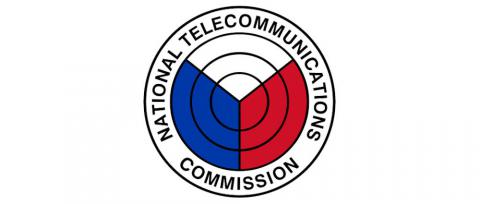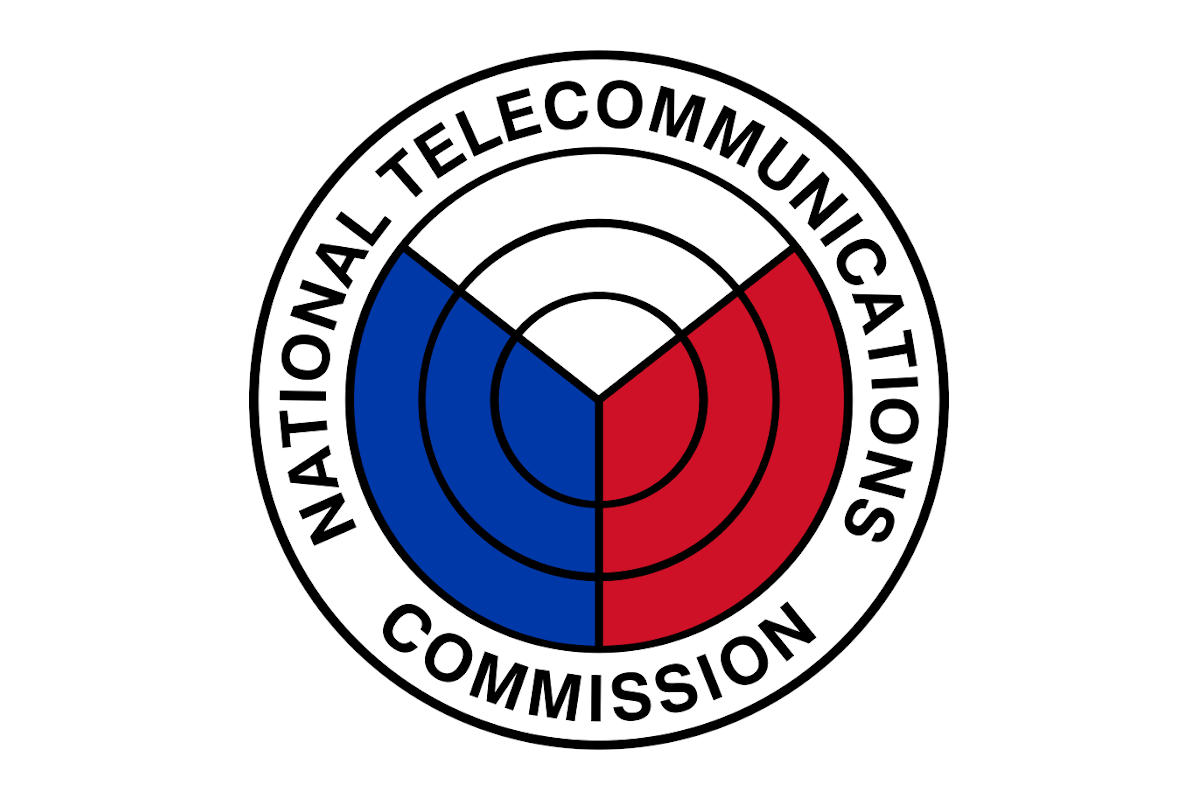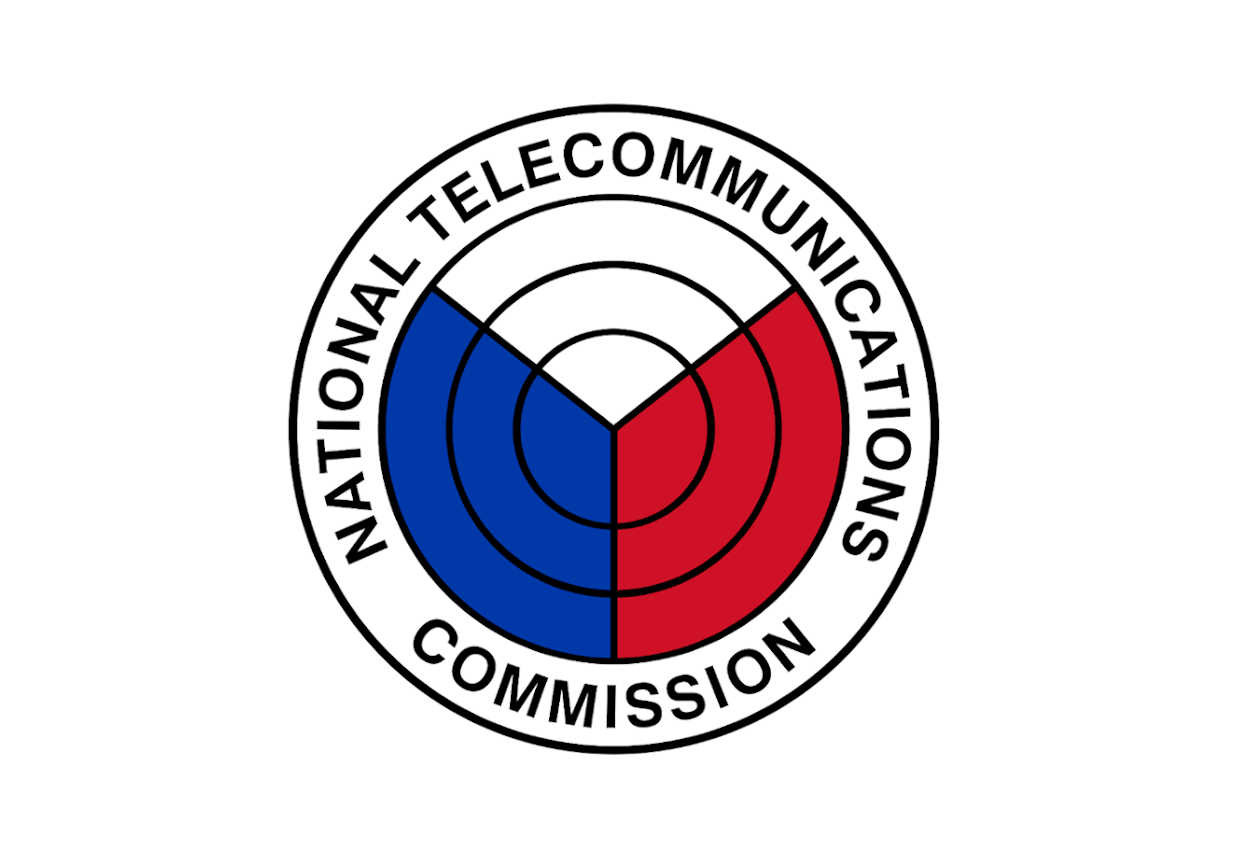

The Philippines’ largest and only integrated telco PLDT welcomes the appeal of the National Telecommunications Commission (NTC) to various government agencies to fast-track permits for fiber optic networks as well.
NTC on Monday wrote the Department of Information and Communications Technology (DICT), Department of Public Works and Highways (DPWH), Department of Human Settlements and Urban Development (DHSUD) and Anti-Red Tape Authority (ARTA) requesting the inclusion of fiber optic networks in the streamlining of permitting processes similar to the agencies’ Joint Memorandum Circular (JMC) No. 1 s. 2020 on Telco Towers.
“Alongside Common Telecommunication Towers, fiber optic networks are equally important in providing the much needed telecommunications infrastructure. In addition to right-of-way concerns, the number of permits and licenses, lead time and processes of rolling out these networks are similar to the applications for permits and licenses of cell towers prior to JMC No. 1 s. 2020,” NTC said in their statement.
The request comes after NTC’s letter to DPWH Secretary Mark A. Villar to consider the proposed amendments to the existing rules and regulations of DPWH Department Order (D.O.) 73 on right-of-way. The present permitting requirements and processes and right-of-way issues remain to be the principal cause of delays to the telcos’ nationwide roll-out preventing them from building the critical backbone and last mile connectivity, the NTC statement also said.
“Telecommunications and connectivity play a critical role in stimulating the growth of the modern economy and in developing a strong digital ecosystem. It has become even more relevant today as the COVID-19 pandemic continues to plague the country,” said PLDT Chief Revenue Officer Alfredo S. Panlilio.
“We welcome this opportunity to work more closely with the government in expanding our fiber network footprint across the country in order to deliver the best network quality and nationwidest coverage, including the unserved and underserved areas in our country,” he added.
Powering PLDT’s suite of services is PLDT’s most extensive fiber network, which is now at 395,000 kilometers as of end-September. This fiber network also supports PLDT’s wireless arm Smart Communications, Inc. (Smart)’s mobile network by providing high capacity links for its LTE base stations.
Smart also recently received over 600 permits to build more towers. This brings to more than 1,200 the total number of permits that have been issued to the Philippines’ largest and only integrated telco since the Anti-Red Tape Authority issued its Joint Memorandum Circular in August.
These new permits cover towers to be built in Metro Manila and Rizal, the Luzon provinces of Abra, Albay, Aurora, Batangas, Benguet, Bulacan, Cagayan, Camarines Sur, Cavite, Ilocos Sur, Isabela, Laguna, Masbate, Mountain Province, Nueva Ecija, Palawan, Pampanga, Pangasinan, Quezon, Sorsogon, Tarlac, and Zambales; Visayas provinces of Aklan, Antique, Bohol, Cebu, Iloilo, Leyte, Negros Occidental, Northern Samar and Southern Leyte; and Mindanao provinces of Agusan del Norte, Agusan del Sur, Cotabato (North Cotabato), Davao del Sur, Davao Oriental, Lanao Del Norte, Lanao del Sur, Maguindanao, Misamis Oriental, South Cotabato, Sultan Kudarat, Zamboanga Sibugay, and Zamboanga del Norte.
These investments for a large part of the PLDT Group’s sustained capital expenditures on their networks, which totaled some Php260 billion from 2015 to 2019. For 2020, with the network rollout regaining momentum following the easing of lockdown restrictions, PLDT has leveled up its target capital expenditures back up to about Php70 billion or more.


